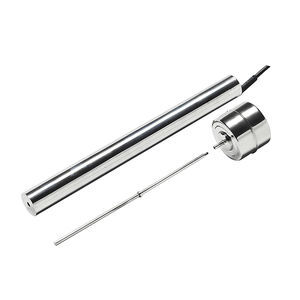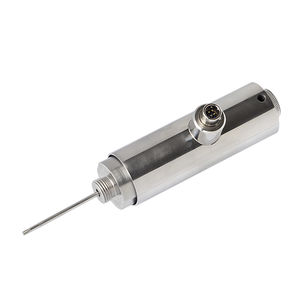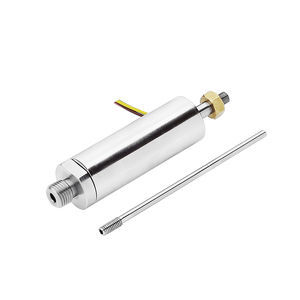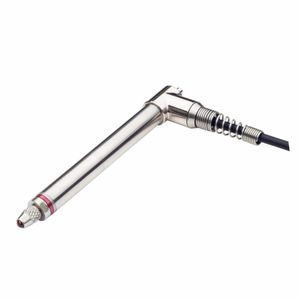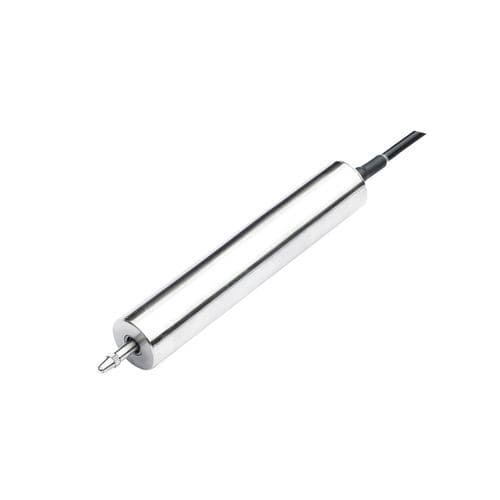
- Company
- Products
- Catalogs
- News & Trends
- Exhibitions
Linear displacement sensor SDVH20contactlessLVDTspring-loaded potentiometer


Add to favorites
Compare this product
Characteristics
- Type
- linear
- Contact / non-contact
- contactless
- Technology
- LVDT, spring-loaded potentiometer
- Output signal
- analog, digital
- Measurement object
- metal
- Protection class
- IP65
- Applications
- for process automation, OEM applications, rugged, for hydraulic applications, for valves, for shiny metal surfaces, for automation
- Other characteristics
- compact, high-resolution, precision, high-precision, rugged, cylindrical, miniature, stainless steel, long-range
- Measuring range
Max.: 100 mm
(3.94 in)Min.: 0 mm
(0 in)- Linearity
0.1 %, 0.3 %, 0.5 %
- Measuring rate
5 Hz
- Supply voltage
Max.: 28 V
Min.: 9 V
- Ambient temperature
Max.: 85 °C
(185 °F)Min.: -25 °C
(-13 °F)
Description
Introduction:
The linear variable differential transformer (LVDT) has been widely used in applications such as power turbines, hydraulics, automation, aircraft, satellites, nuclear reactors, and many others.These transducers have low hysteresis and excellent repeatability. DC-operated LVDTs are rugged in hermetically sealed sensors, constructed entirely of stainless steel 304 intended for environments containing moisture, dirt and fluid contaminants.They are designed to operate in conjunction with computer-based data processors(standard) or PLCs(option).
Features
- SS304 construction, Spring loaded
- DC operated, Built-in signal conditioner
- 3-wire voltage output 0-5V or 0-10V
- 2-wire current output 4-20mA
- Measurement ranges from 0mm to 100mm, high
- resolution and repeatability.
- Contactless, Long lifespan
Applications:
- TIR measurements
- Hydraulic cylinder position sensing
- Valve position sensing
- Roller gaps alignment
- Brake system inspections
Catalogs
Related Searches
- Proximity switch
- Cylindrical proximity switch
- Position transducer
- Inductive proximity switch
- Tilt sensor
- Linear position transducer
- IP67 proximity switch
- Displacement transducer
- Linear displacement transducer
- Digital tilt sensor
- Analog output position sensor
- Non-contact position transducer
- Threaded proximity switch
- Magnetic position transducer
- MEMS tilt sensor
- Multi-axis inclination sensor
- Magnetic proximity switch
- Rectangular proximity switch
- DC proximity switch
- Single-axis inclinometer
*Prices are pre-tax. They exclude delivery charges and customs duties and do not include additional charges for installation or activation options. Prices are indicative only and may vary by country, with changes to the cost of raw materials and exchange rates.



